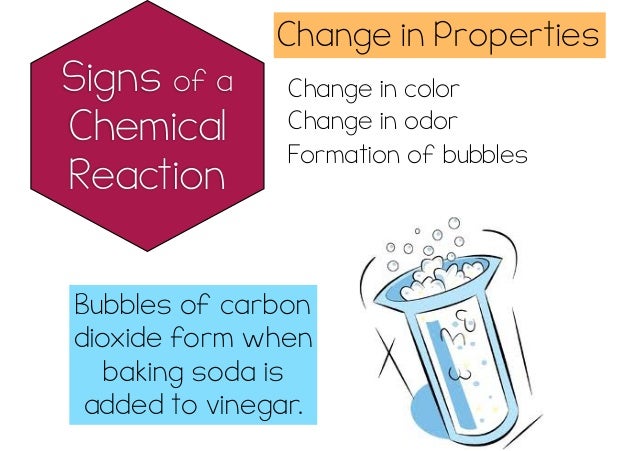Counting Atoms and Chemical Reaction 4/9/17
Summary: An ionic bond is held together by the attraction between opposite charges. An ionic bond forms between a metal and a nonmetal. To form an ionic compound you need both a positive and negative ion. A positive ion is an atom that has lost one or more electrons giving it a positive charge. A negative ion is an atom that has gained one or more electrons giving it a negative charge. Metals have a tendency to lose electrons to form a positive ion, while non metals normally gain electrons to form a negative ion. When you have a covalent bond you have two different atoms that share electrons because of potential energy. Covalent bonds are with two non metals. In order to form a covalent bond both atoms need a strong enough attraction and they need the room for the electrons in their outer shell. Ionic bonds are when electrons are transferred between atoms while covalent bonds share electrons.
S&EP-Using Mathematics: When looking at a chemical formula, you can see the reactants that yield a product, but most people do not take the time to count how many atoms there are in each compound or molecule. Depending on how the formula is written, there are different ways to count the atoms. Let's use C6H12O6. We know that there are 3 elements or at least 3 atoms because of 3 capitol letters. The subscript or small number tells you how many of the atom there is of the one before it. So in this case, there are 6 carbon atoms, 12 hydrogen atoms, and 6 oxygen atoms. So what if there's a coefficient? Let's try 4CO2. Since there is a coefficient, we use the distributive property. In other words, it is multiplied by either the subscript or one depending on the formula. For this example, we have at least two atoms because there are two capitol letters. Since there is no subscript for carbon, we multiply four by one to get four.The oxygen however, has a subscript of 2. So we multiply 4 by 2 to get 8 oxygen atoms. In total the compound has 12 atoms. Because of this now I understand how math and science correspond with one another.
XCC-Cause & Effect: Chemical reactions are shown scientifically with chemical equations. Chemical equations are always balanced. This means that there are the same number of each atom before and after the reaction. The Law of Conservation of Mass says that atoms can not be created or destroyed in a chemical reaction. This is why equations are always balanced, because there is not extra mass or mass taken away. Reactions occur when two or more molecules interact with one another. As well as chemical reaction can happen with anything, just as long as a chemical change occurs. Chemical reactions are a way to have some fun in the classroom. But if you know what's happening, that makes it so much better.
S&EP-Using Mathematics: When looking at a chemical formula, you can see the reactants that yield a product, but most people do not take the time to count how many atoms there are in each compound or molecule. Depending on how the formula is written, there are different ways to count the atoms. Let's use C6H12O6. We know that there are 3 elements or at least 3 atoms because of 3 capitol letters. The subscript or small number tells you how many of the atom there is of the one before it. So in this case, there are 6 carbon atoms, 12 hydrogen atoms, and 6 oxygen atoms. So what if there's a coefficient? Let's try 4CO2. Since there is a coefficient, we use the distributive property. In other words, it is multiplied by either the subscript or one depending on the formula. For this example, we have at least two atoms because there are two capitol letters. Since there is no subscript for carbon, we multiply four by one to get four.The oxygen however, has a subscript of 2. So we multiply 4 by 2 to get 8 oxygen atoms. In total the compound has 12 atoms. Because of this now I understand how math and science correspond with one another.
XCC-Cause & Effect: Chemical reactions are shown scientifically with chemical equations. Chemical equations are always balanced. This means that there are the same number of each atom before and after the reaction. The Law of Conservation of Mass says that atoms can not be created or destroyed in a chemical reaction. This is why equations are always balanced, because there is not extra mass or mass taken away. Reactions occur when two or more molecules interact with one another. As well as chemical reaction can happen with anything, just as long as a chemical change occurs. Chemical reactions are a way to have some fun in the classroom. But if you know what's happening, that makes it so much better.
Multiplier: This week I was a creator because I offered to contribute the experiment as much as possible, such as adding the baking soda into the mixture.

Comments
Post a Comment